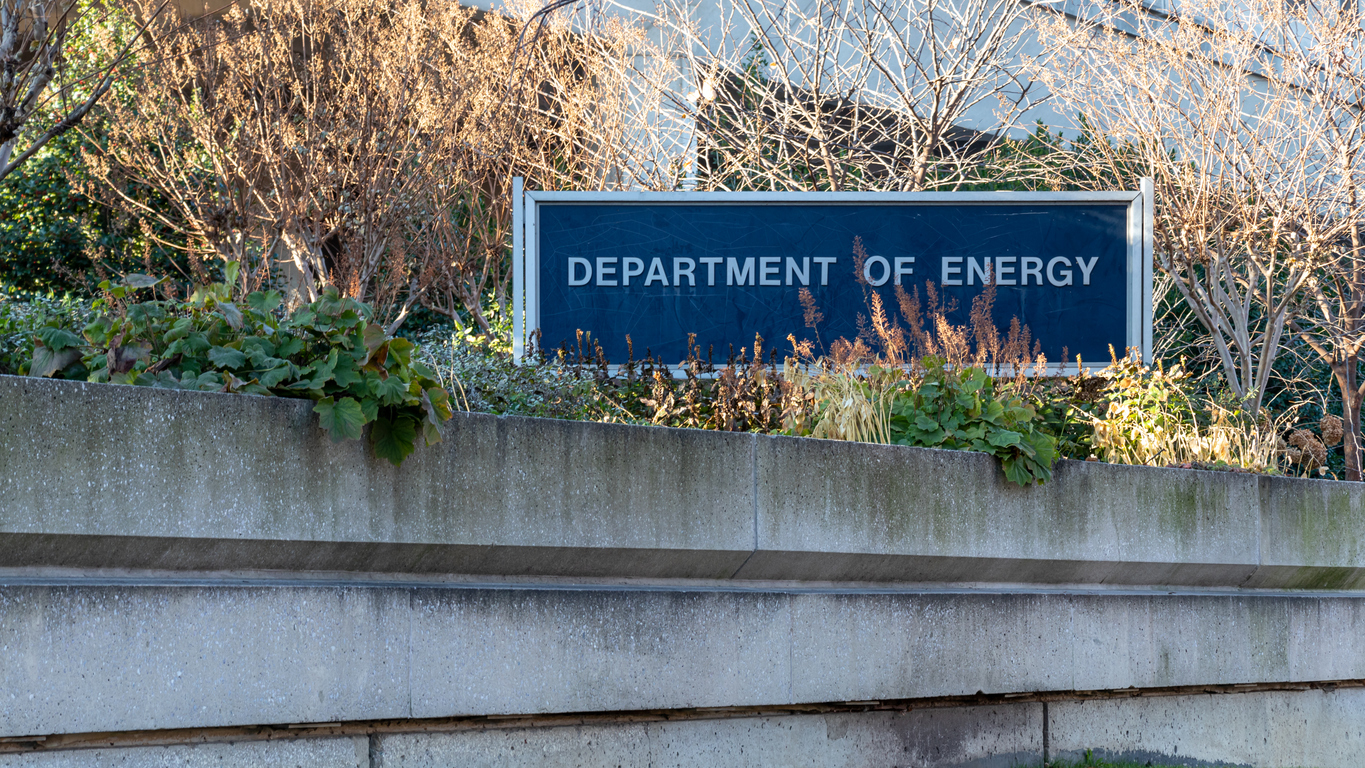Just Solutions launched a collaborative effort this past Spring with our national and state partners to highlight policy pathways advocates could pursue to advance and defend climate justice depending upon the presidential election results. Now that the results are known, our forthcoming report to be released in January will highlight what to expect in a second Trump Administration and policy pathways for localities and states to defend and continue to advance environmental and climate justice. As we begin to assess what is ahead, two of President Biden’s hallmark equity measures – Justice40 (J40) and the Climate and Economic Justice Screening Tool (CEJST) – are likely at risk of being eliminated.
President Biden’s Executive Order 14008, “Executive Order on Tackling the Climate Crisis at Home and Abroad,” established the J40 Initiative and the Climate and Economic Justice Screening Tool. For the first time, J40 set a goal for federal agencies to allocate at least 40 percent of benefits from specified programs to “disadvantaged communities.” These programs were selected based on their ability to address investment inequities in clean energy and energy efficiency, clean transit, affordable and sustainable housing, training and workforce development, remediation and reduction of legacy pollution, and clean water infrastructure. The interim implementation guidance published by the Council on Environmental Quality in July 2021 required agencies to track and report the amount of funding and other indirect benefits associated with J40 covered programs.
Using numerous indicators of exposure to climate risk, legacy pollution, and socio-economic hardship across eight “categories of burden,” the CEJST shows which Census tracts qualify as disadvantaged communities for the purpose of guiding agency implementation of the J40 initiative. As a public-facing tool, the CEJST also allows advocates and stakeholders to see where J40 investments under the Inflation Reduction Act (IRA) and the Infrastructure Investment and Jobs Act (IIJA) are prioritized, in order to evaluate if and when benefits from these programs reach these communities.

Although the design and implementation of J40 and the CEJST have had flaws, they have marked a significant effort to center environmental and climate justice concerns and priorities. As a result of J40, federal agencies, including the U.S. Environmental Protection Agency, the U.S. Department of Energy, and the U.S. Department of the Interior has tailored various aspects of the implementation of J40 covered programs, including the initial program design, application requirements, and engagement opportunities once funding has been awarded. The White House’s Environmental Justice Scorecard provides some insight into how agencies have adjusted their programs and policies to comply with J40 and showcases announcements of funding.
Despite these efforts, advocates have found it difficult to determine if agencies, whether at a programmatic or agency-wide level, are actually reaching the 40 percent target. Additionally, compliance with J40 goals becomes more difficult to determine given that the federal government is measuring “overall benefits,” a term that includes both direct financial assistance and related co-benefits. Notably, the EJ Scorecard does not grade agencies’ progress toward achieving 40 percent, and it does not account for the fact that some of the J40 covered programs promote or directly fund false solutions to the climate crisis.
Moving forward under a Trump administration, agencies will likely place less emphasis on securing benefits for disadvantaged communities. We also anticipate that agencies will deprioritize awarding grants under IRA and IIJA and that any new awards will be less likely to go to disadvantaged communities.
What’s Next for Climate Equity Policies?
Because J40 and CEJST were created through executive order and do not require a notice-and-comment period, President-elect Trump can – and is expected to – rescind EO 14096, remove websites associated with J40, and eliminate the CEJST on Day One. At the agency level, Trump will likely rescind guidance published by the Council of Environmental Quality that helps agencies understand how to administer J40. Agencies will generally no longer be required to track how funding from the IRA and the IIJA is administered or to prioritize funding for disadvantaged communities.
A possible exception to the elimination of J40 goals are those sections of the IRA, in particular, that refer to “disadvantaged communities” in the statutory text and have yet to be fully implemented. These include the Solar for All and Clean Communities Investment Accelerator programs under the Greenhouse Gas Reduction Fund, certain grants related to monitoring and addressing air pollution, and the Environmental and Climate Justice Block Grants (which EPA has implemented in the form of various grant programs, including the Community Change grants and Environmental Justice Thriving Communities Grantmaking Program). The legislation either does not define “disadvantaged communities” in these cases or directs that the term is to be defined by the EPA Administrator. If the new administration carries through on its obligations to implement the IRA, definitions developed by the Biden administration will likely be challenged in some cases. In the case of funds that have not yet been obligated, it would be fairly easy for the new administration to create its own definitions of “disadvantaged communities.”
While the future of J40 and CEJST is uncertain come January, one thing is clear: many disadvantaged communities can benefit from prioritized federal funding for community-centered solutions. Federal investments are addressing long-standing environmental and climate justice needs. We remain hopeful that we can continue to see these investments come to fruition and deliver results in the years to come.
